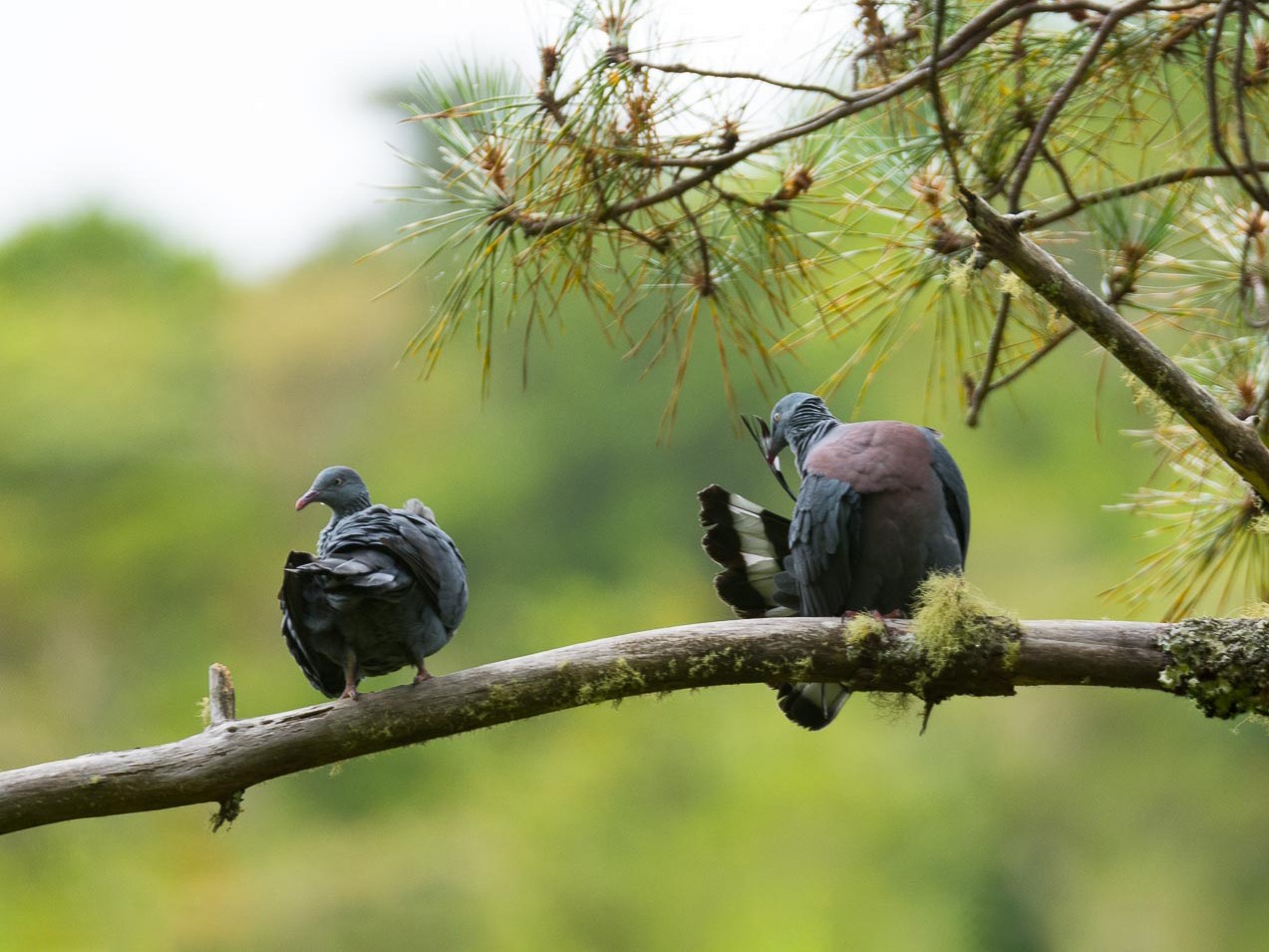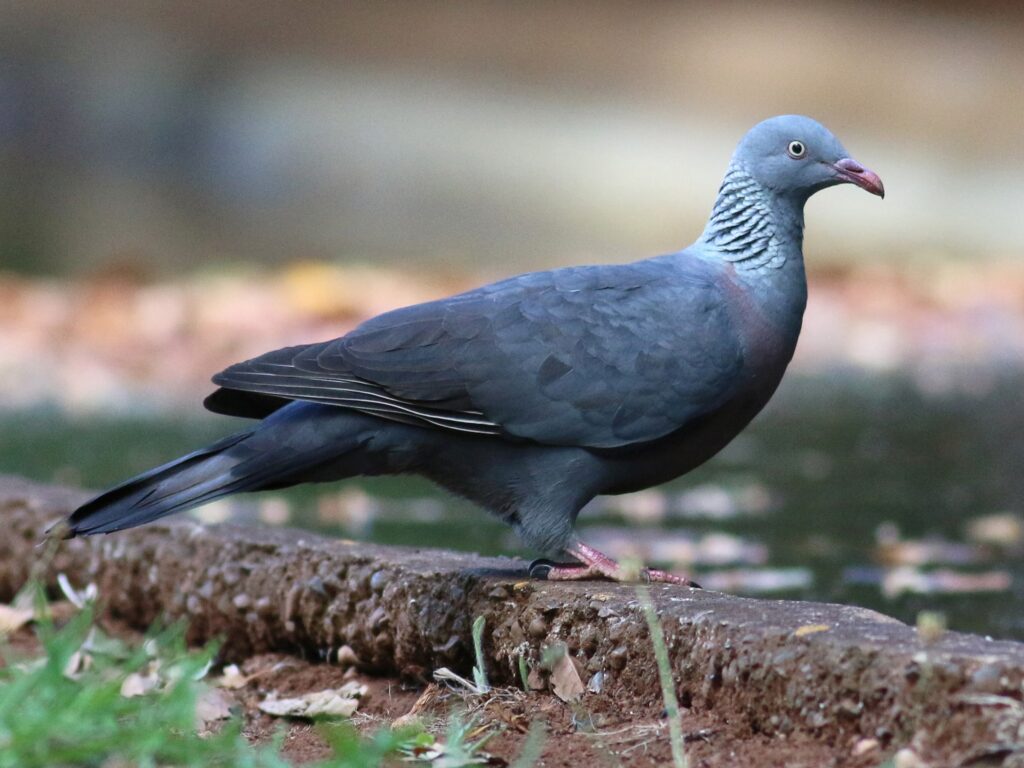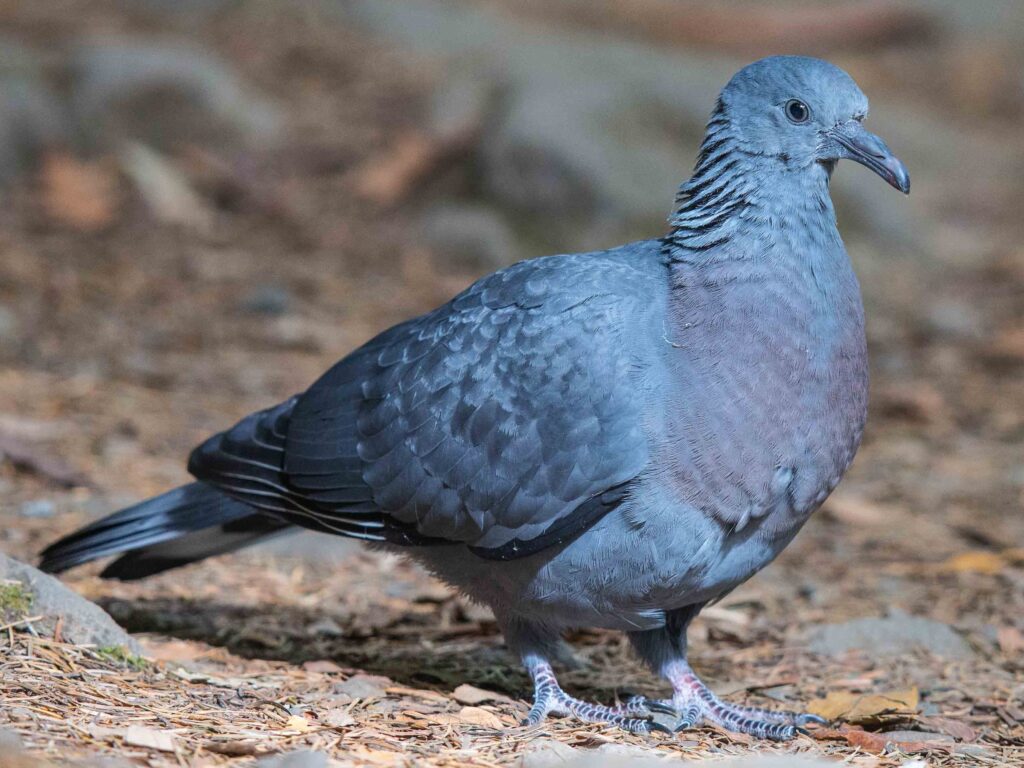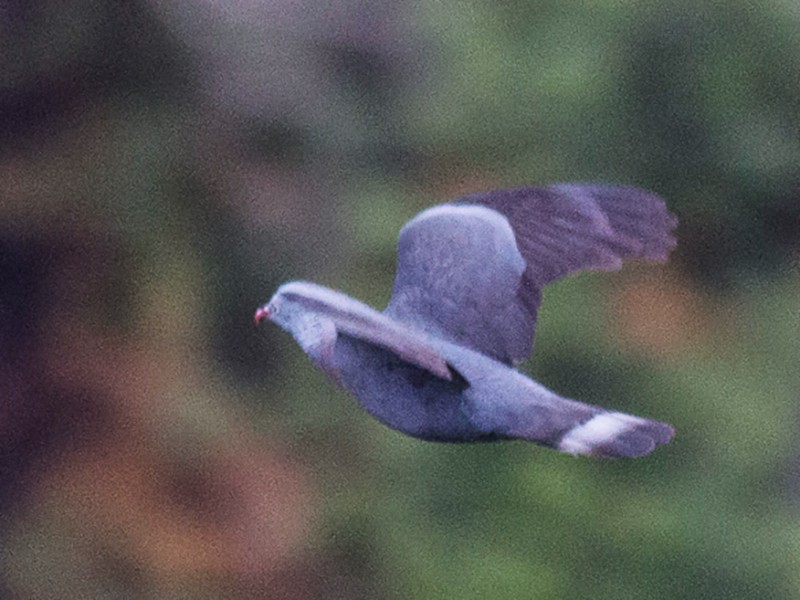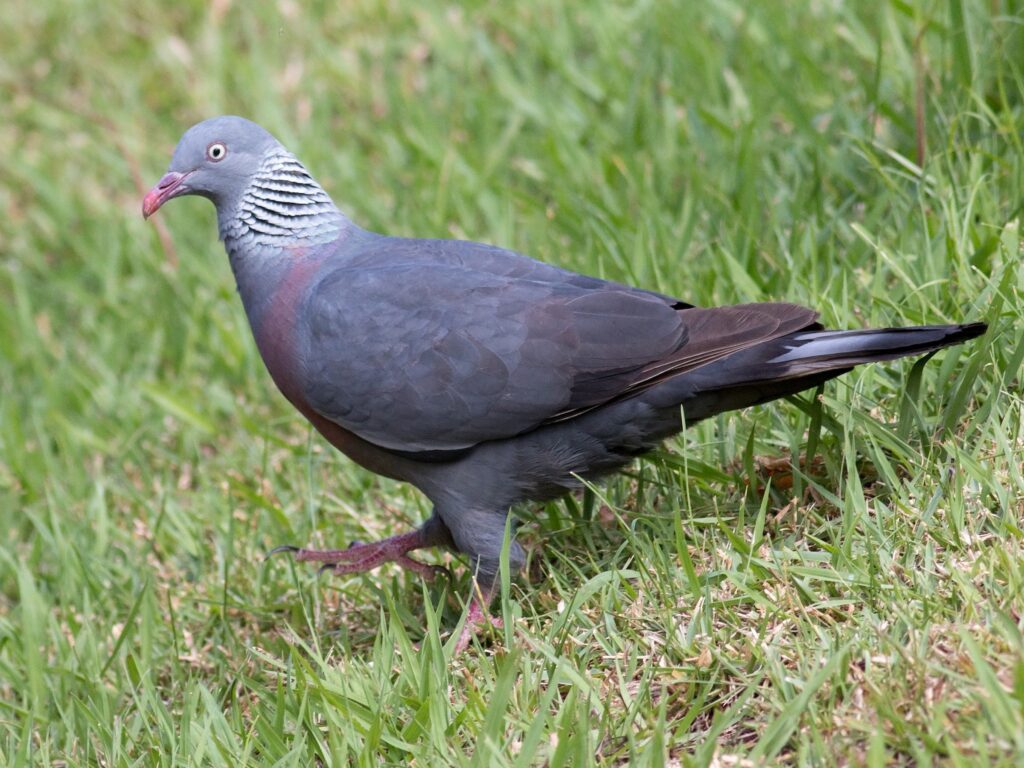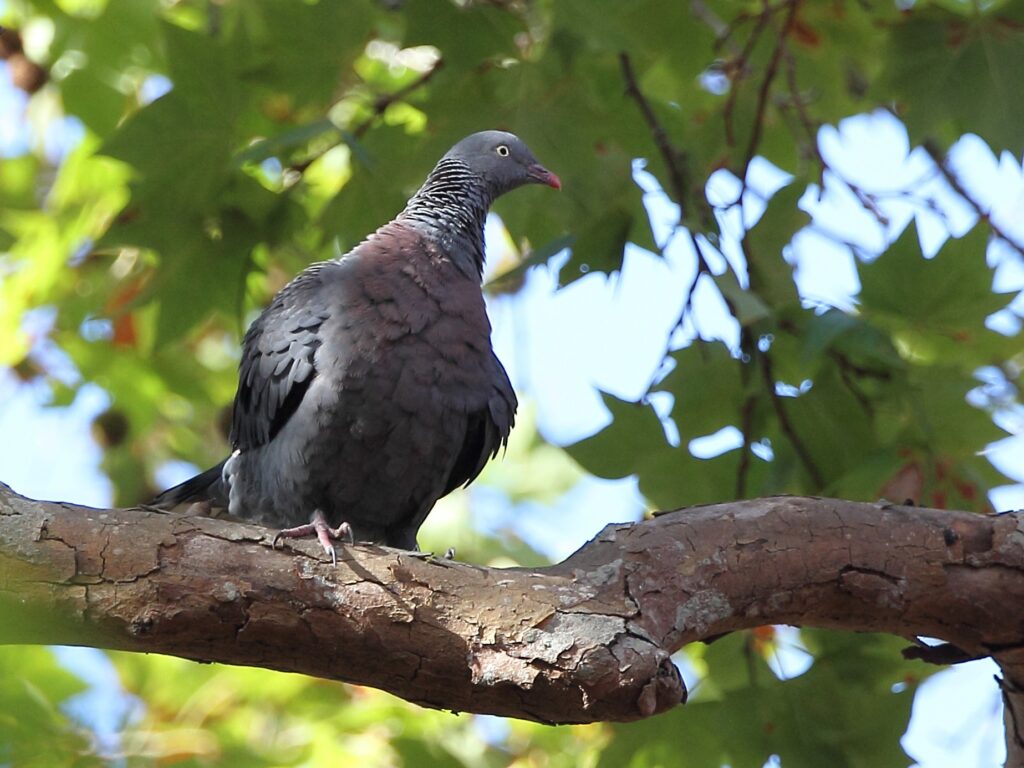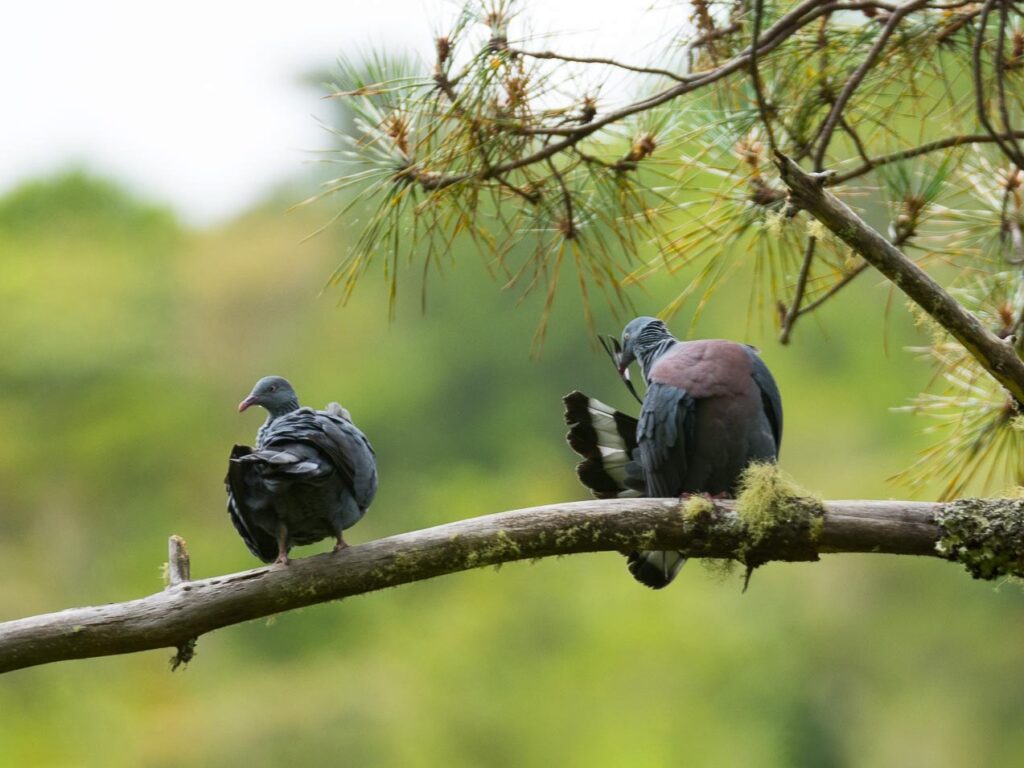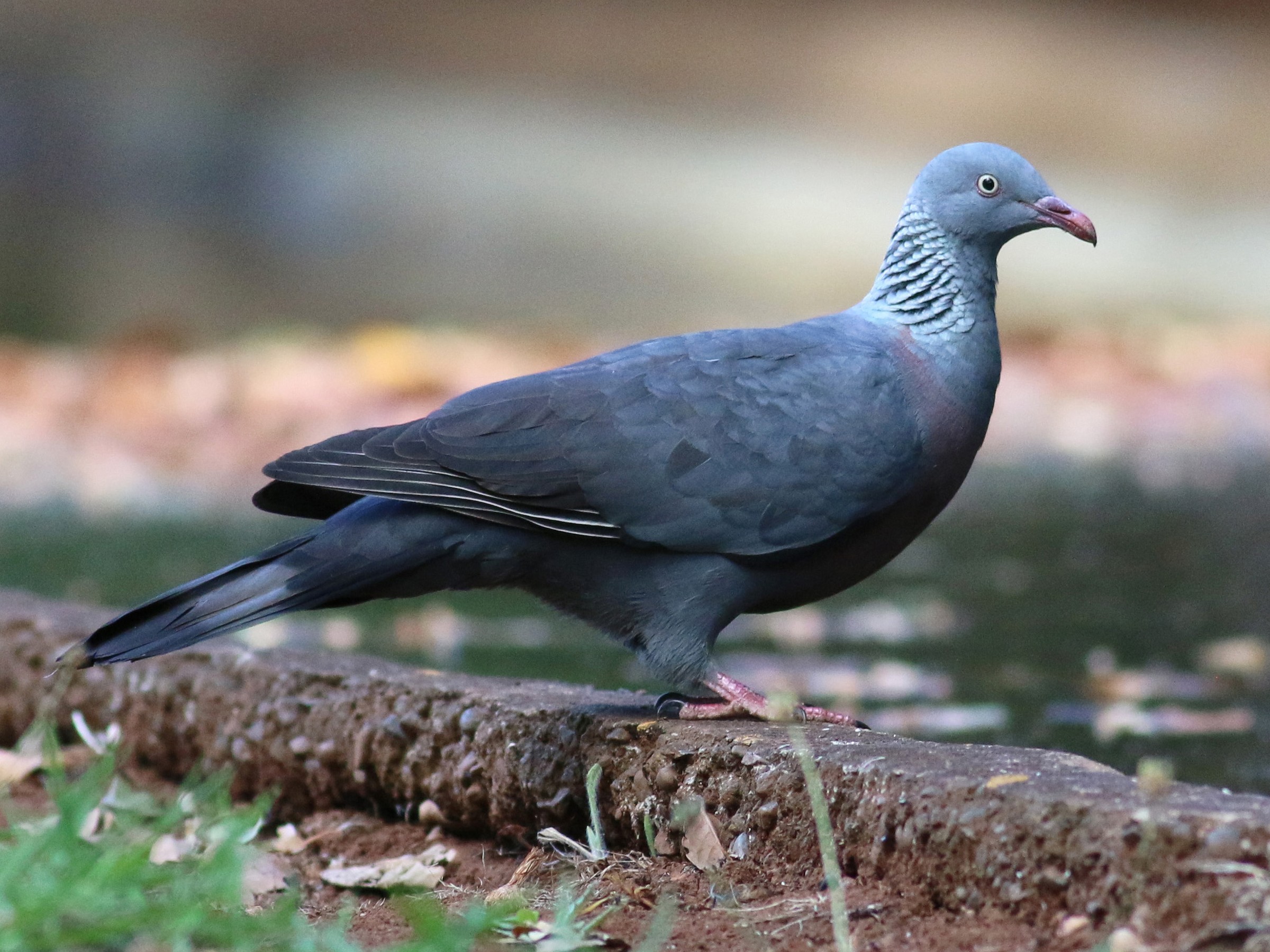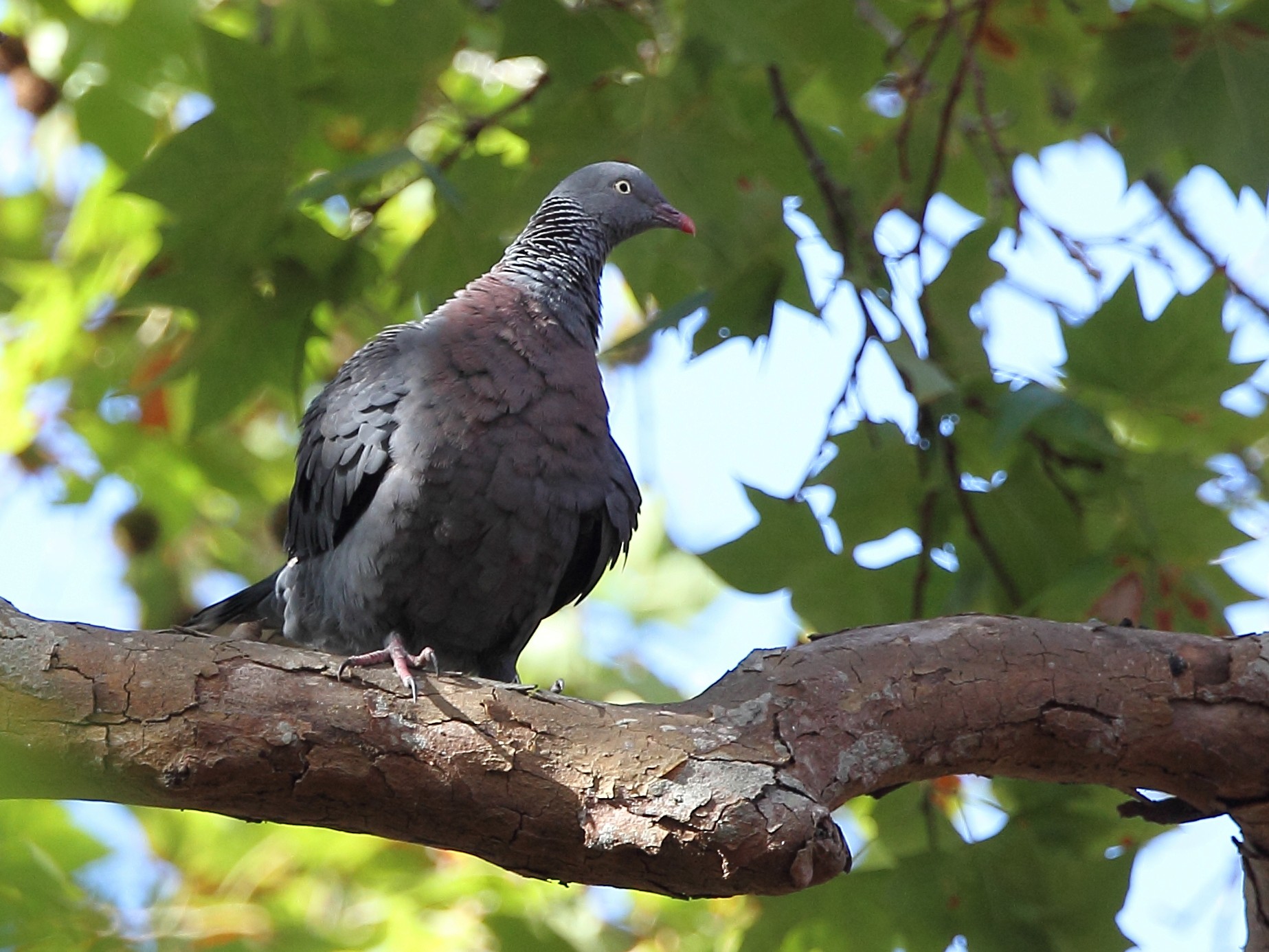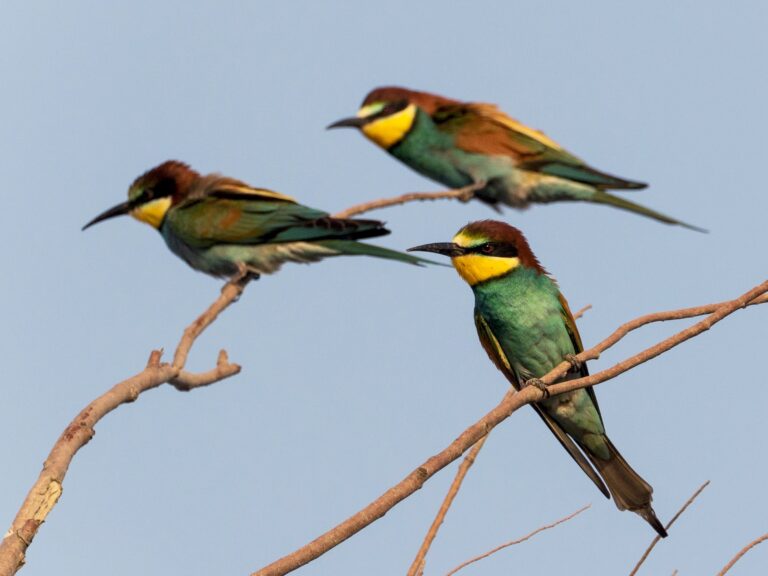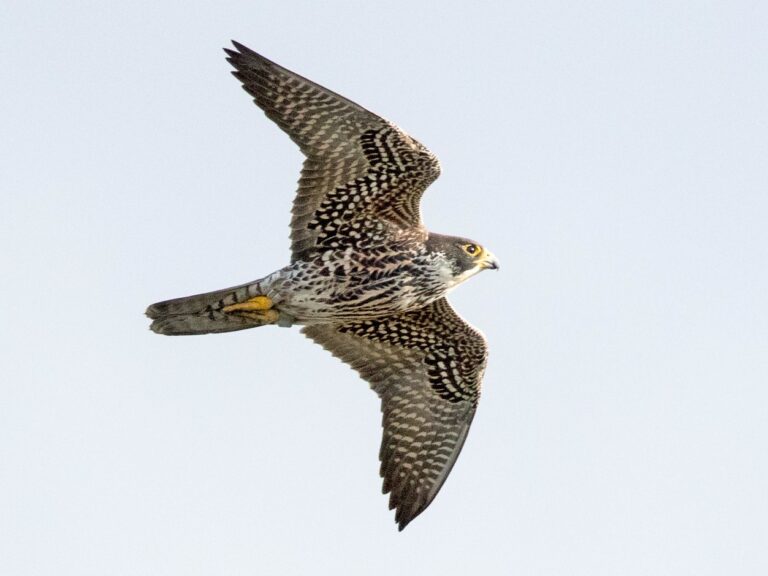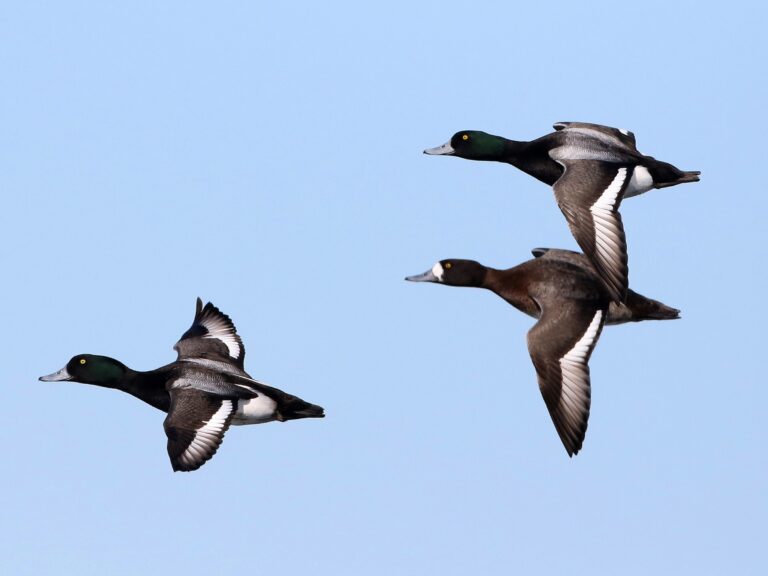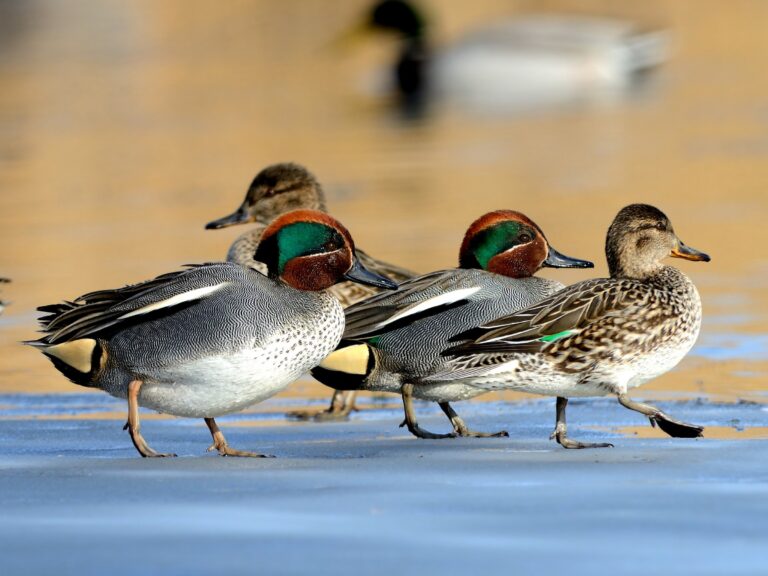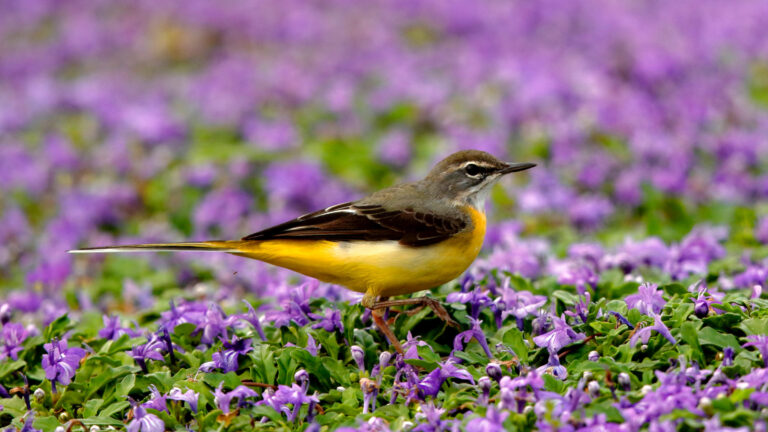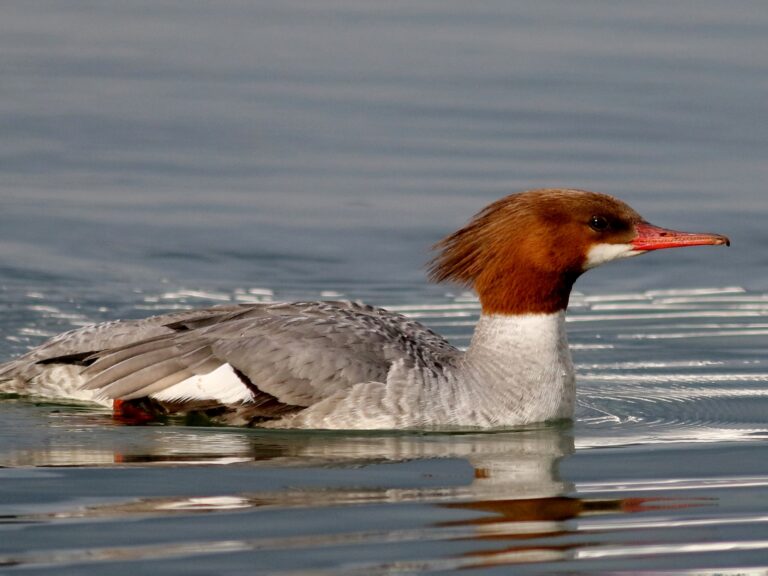Trocaz Pigeon: Discover the Unique Charm of This Endemic Bird Species
The Trocaz Pigeon, known scientifically as Columba trocaz, is a unique species endemic to the island of Madeira. This bird is notable not only for its striking appearance but also for its role in the island’s ecosystem, where it thrives among lush laurel forests. The Trocaz Pigeon boasts a distinct look, characterized by its long toes and vibrant plumage, making it a fascinating subject for birdwatchers and nature enthusiasts alike.
Its presence plays a vital part in seed dispersal, contributing to the health of its habitat. The Trocaz Pigeon is also recognized for its distinctive vocalizations, which include a variety of coos that echo through the trees, adding to the sounds of Madeira’s rich wildlife. Unfortunately, conservation efforts are necessary to protect this species, as its numbers are limited and it faces environmental pressures.
Understanding the Trocaz Pigeon is not only about appreciating its beauty but also recognizing the importance of conservation. This bird represents the unique biodiversity of Madeira, making it a significant focus for both researchers and wildlife lovers.
Key Takeaways
- The Trocaz Pigeon is unique to Madeira and plays a crucial ecological role.
- This species is recognized for its beautiful plumage and distinctive calls.
- Conservation efforts are essential for the survival of the Trocaz Pigeon in its natural habitat.
Taxonomy and Classification
The Trocaz Pigeon, known scientifically as Columba trocaz, is part of the family Columbidae, which includes all pigeons and doves. This bird occupies a distinct position within the Columbiformes order, exhibiting unique traits. Understanding its classification helps clarify its evolutionary relationships and ecological role.
Species Overview
Columba trocaz is endemic to the Madeira archipelago. This pigeon prefers forest environments, where it primarily feeds on fruits and seeds. They are medium-sized, typically exhibiting a robust body and a distinctive coloration that ranges from grayish to brown hues.
Vocalizations play a pivotal role in their behavior. Males often emit low-frequency coos during courtship, which can resonate over long distances. These calls are essential for communication, particularly during mating seasons.
Comparative Analysis
Within the Columba genus, the Trocaz Pigeon stands out among its relatives. For example, it shares characteristics with the Madeira Pigeon (Columba bollii), but these two species differ in habitat preferences and vocal patterns. The Trocaz Pigeon often prefers denser forests, while its relatives may thrive in more open areas.
Their classification is further supported by genetic studies. Research indicates that the Trocaz Pigeon and other Madeira species diverged from mainland counterparts. This divergence illustrates how environmental factors shape species’ adaptations and contribute to biodiversity within the Columbidae family.
Understanding these aspects is vital for conservation efforts, as habitat loss poses significant threats to their populations.
Physical Description
The Trocaz Pigeon, scientifically known as Columba trocaz, possesses distinct features that set it apart from other pigeon species. This section highlights the bird’s unique morphology, plumage, and its size and wingspan.
Morphology
The Trocaz Pigeon has a robust build typical of many pigeon species. It has a short, strong neck that supports its rounded head. The bird’s beak is short and slightly hooked, suitable for its herbivorous diet.
One notable trait is the silvery neck patch, which stands out against the darker feathers of the body. This silvery patch is a distinguishing feature that helps in identification.
Its eyes are typically dark, surrounded by a pale eye-ring which adds to its striking appearance.
Plumage
The plumage of the Trocaz Pigeon is predominantly grey, with variations depending on age and sex. Adult males generally have darker feathers compared to females, who may exhibit more muted tones.
The wings are large and powerful, allowing for adept flight through the dense forests of Madeira. The bird’s underparts are lighter, which aids in camouflage among the foliage.
Additionally, the bird is known for its vocalizations, which include a series of soft cooing sounds. These calls are often used for communication, especially during courtship.
Size and Wingspan
The Trocaz Pigeon is medium-sized, with a typical length of about 30 to 34 centimeters. Its wingspan ranges from 60 to 70 centimeters, making it one of the larger pigeon species native to the region.
In terms of weight, adults can weigh between 300 to 500 grams. This size allows for strong flight capabilities, essential for navigating its forest habitat.
Compared to the Common Wood Pigeon, the Trocaz is less widespread and is adapted to specific ecological niches. Its unique morphology and size make it an interesting subject for ornithologists and bird enthusiasts alike.
Habitat and Distribution
The Trocaz Pigeon, also known as the Madeira Laurel Pigeon, is native to the island of Madeira. Its habitat and distribution play crucial roles in its survival and behavior. Understanding these aspects helps clarify the species’ needs and its ecological significance.
Native Range
The Trocaz Pigeon is endemic to Madeira, an archipelago situated in the Atlantic Ocean. This bird primarily inhabits the Laurisilva forests, which are lush, subtropical forests characterized by a rich diversity of plant species.
These areas provide essential food sources, including fruits and leaves, which are vital for the pigeon’s diet. Its distribution is largely restricted to suitable habitats within this region. The population is concentrated in protected areas, where human activities are minimized.
Habitat Requirements
The Trocaz Pigeon thrives in specific habitat conditions. It prefers mature forests with dense canopies and abundant foliage, which offer protection from predators. The flora plays a key role, as this bird often feeds on the fruits of native plants such as the madeiran laurel.
In addition to food, the pigeon’s habitat needs shelter for nesting. The humid conditions of the Laurisilva also help maintain its health. Vocalizations, such as soft cooing sounds, are important for communication during mating and establishing territory.
The presence of the Trocaz Pigeon reflects the health of its habitat. Conservation efforts are essential for protecting these unique forests to ensure the bird’s survival in its native range.
Conservation Status
The conservation status of the Trocaz Pigeon reflects both its population trends and the efforts made to protect this unique species. Understanding these aspects is vital for its future survival.
Population Trends
The Trocaz Pigeon, also known as the Madeira Laurel Pigeon, has experienced fluctuating population trends. Recent studies indicate that while some populations are stable, others remain threatened.
Surveys show that numbers had increased on numerous transects, especially in areas with suitable breeding opportunities. However, habitat loss and introduced predators pose significant risks. As of the latest assessments, the International Union for Conservation of Nature (IUCN) lists the Trocaz Pigeon as Near Threatened, highlighting the need for ongoing monitoring.
Protection Efforts
Several conservation efforts are underway to safeguard the Trocaz Pigeon. These include habitat restoration initiatives aimed at preserving the native laurel forests where these pigeons thrive.
Protection measures also focus on creating safe breeding sites and managing predator populations that threaten the species.
In addition, awareness campaigns educate locals and tourists about the importance of the Trocaz Pigeon. Its distinct vocalizations, often heard in the forests, add to the area’s rich biodiversity, emphasizing the need for conservation.
Continuous efforts play a crucial role in ensuring that this endemic species does not face extinction. They highlight the importance of local engagement in conservation activities.
Cultural and Human Impact
The Trocaz Pigeon holds a unique place in both historical and contemporary contexts. Understanding its significance can provide insights into cultural practices and ongoing conservation efforts.
Historical Significance
The Trocaz Pigeon, native to Madeira, has been part of local folklore for centuries. It is often depicted in traditional art and stories, symbolizing the island’s rich biodiversity. Historically, the bird’s presence indicated a healthy ecosystem, making it a crucial species in local culture.
Pigeon meat was also a food source for early settlers. Over time, the bird became associated with agricultural practices, as it often foraged in cultivated fields. This connection to farming shaped human perspectives on the bird and highlighted its role in maintaining ecological balance.
People historically admired the Trocaz Pigeon for its distinct vocalizations. The soft, cooing calls added to the ambiance of the forests, showcasing the bird’s importance in local soundscapes.
Contemporary Relevance
Today, the Trocaz Pigeon faces challenges from habitat loss and hunting. Conservationists emphasize its role in the ecosystem, advocating for protection measures.
Recent efforts include creating protected areas, which aim to safeguard both the bird and its habitat. Education campaigns raise awareness about the importance of preserving this endemic species.
Local tourism has also emerged, focusing on nature appreciation. Stock photos and 360° panoramic images of Trocaz Pigeons attract visitors eager to learn about their natural habitat. Documentaries and videos featuring the bird provide an engaging way to connect with its story.
By emphasizing the Trocaz Pigeon’s significance, communities can encourage conservation efforts and strengthen their cultural identity.
Frequently Asked Questions
The Trocaz Pigeon, also known as the Madeira Laurel Pigeon, is a unique species with specific characteristics. This section covers its distinct traits, vocalizations, habitat preferences, conservation status, and population changes over the years.
What are the distinct characteristics of the Trocaz Pigeon in comparison to other regional pigeons?
The Trocaz Pigeon has striking features, including a unique coloration. Its plumage is typically dark with a sheen of green and purple. In contrast to other regional pigeons, such as the Bolle’s Pigeon, the Trocaz Pigeon is larger and has a more robust build.
How does the Trocaz Pigeon’s size compare to other species within its native habitat?
The Trocaz Pigeon is one of the larger pigeon species found in Madeira. It generally measures around 40 to 45 cm in length, making it bulkier than both the Laurel Pigeon and Bolle’s Pigeon. This size gives it a distinctive presence in the dense forests of its habitat.
What specific sounds or calls are characteristic of the Trocaz Pigeon?
The Trocaz Pigeon is known for its soft, cooing calls. These sounds are often low and melodious, helping it communicate with other members of its species. The vocalizations are a significant part of its behavior, particularly during mating rituals.
In what ways does the habitat preference of the Trocaz Pigeon differ from those of the Laurel and Bolle’s pigeons?
The Trocaz Pigeon prefers mature laurel forests, thriving in areas abundant with food sources like fruits and seeds. In contrast, the Laurel Pigeon may also be found in more varied habitats, whereas Bolle’s Pigeon is often seen in well-preserved mountainous regions.
What conservation efforts are currently in place to protect the Trocaz Pigeon population?
Various conservation measures are being implemented to protect the Trocaz Pigeon. These include habitat restoration projects and legal protections against hunting. Organizations are also involved in monitoring population trends to ensure their survival.
How has the population of the Trocaz Pigeon changed over the past decade?
Population studies indicate that the Trocaz Pigeon has shown signs of recovery in recent years, thanks to focused conservation efforts. Surveys across its range have revealed increasing numbers, particularly in protected areas, highlighting the success of ongoing protection measures.
